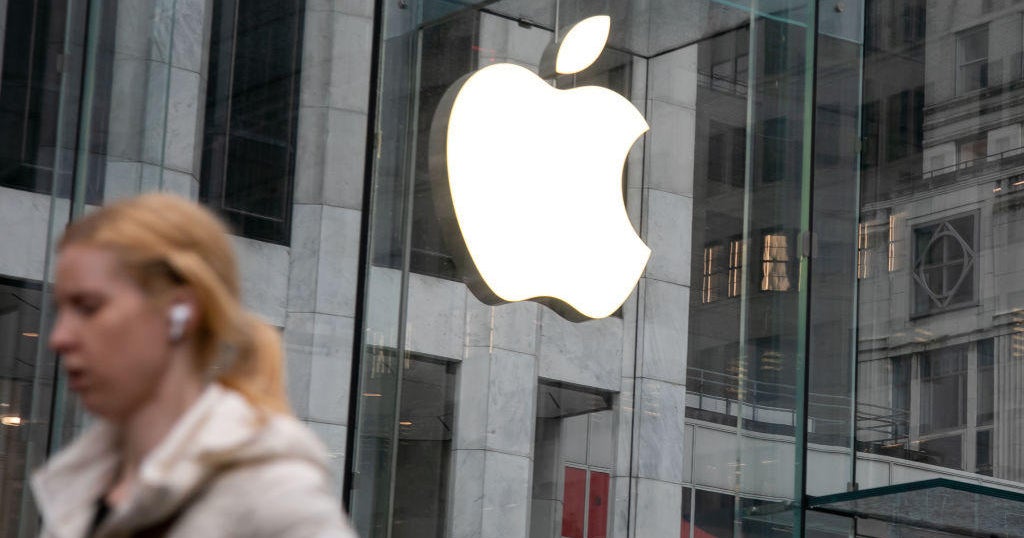Federal Reserve officials capped their first monetary policy meeting of 2024 by leaving the central bank’s benchmark interest rate unchanged,a decision that was widely expected on Wall Street. But policymakers signaled they want to see more progress made on battling inflation this year, heightening investor focus on exactly when the Fed might release the brakes on the U.S. economy for the first time in two years.
Members of the Federal Open Market Committee, the Fed’s rate-setting panel, said Wednesday in a policy statement that they will hold the federal funds rate in a range of 5.25% to 5.5%, marking the fourth consecutive pause since July, when it last hiked rates. In December, the central bank forecast three rate hikes this year.
“The committee does not expect it will be appropriate to reduce the target range until it has gained greater confidence that inflation is moving sustainably toward 2%,” the central bank said in its statement.
The language in the Fed’s statement signaled to some economists that the Fed may hold off longer than expected until it makes its first cut. Prior to the Wednesday decision, 4 in 10 Wall Street economists had projected that the Fed wouldmove to cut rates in March, with its next rate meeting set for March 19-20, according to financial data provider FactSet.
The Fed’s stance provides a “clear signal that the Fed is not yet ready to raise the ‘mission accomplished’ banner,” noted Jon Maier, chief investment officer at ETF manager Global X, in an email after the rate decision.
Maier added, “As a result, we’re definitely seeing a reevaluation in the markets regarding the timing of the rate cut, pushing expectations further out than initially anticipated.”
About 9 in 10 economists are penciling in a rate cut at the central bank’s following meeting, scheduled for April 30-May 1.
Fed announcement today
The Fed started boosting rates in March of 2021 in a bid to temper the hottest inflation in four decades. That policy is paying off as consumer prices cool and as the overall U.S. economy remains strong, with low unemployment and robust GDP growth.
But Fed Chair Jerome Powell sounded a note of caution at a press conference Wednesday afternoon, saying that “inflation is still high … and the path forward is uncertain.”
He added, “One thing we think is about that decision about whether we have done enough” to temper inflation.
Powell also added that the Fed is aware of the danger of waiting too long to cut rates. “We are very focused on not making that mistake,” he said.
Still, some economists said the Fed’s policy statement underscored that rates are currently high enough to rein in inflation, even as officials appear to be tamping down expectations for near-term cuts.
“The latest FOMC statement formally removes the Fed’s tightening bias and cements the message that they are comfortable that rates are at sufficiently restrictive levels,” said Brian Coulton, Fitch Ratings chief economist, in an email. “But there is clearly some pushback here against growing market expectations of imminent rate cuts.”
The Fed’s flurry of rate hikes since the pandemic slammed the economy has made it more expensive for consumers and businesses to borrow, ratcheting up the cost of mortgages, car loans and and credit card debt. Rate cuts could provide some relief to Americans who have put off home or car purchases due to the higher cost of borrowing.
But experts warn that a premature move to cut rates could open the door to renewed inflation.
Fed interest rate 2024 — and its impact on your money
The Fed’s decision to keep rates steady means the cost of borrowing isn’t likely to get cheaper anytime soon.
U.S. stocks had hit recent highs partly on expectations that the Fed would soon cut rates, making it less expensive for businesses to borrow and expand their services. Shares sank after the Fed’s announcement, with the S&P 500 declining 1.5% in late afternoon trading.
“For anyone with a variable rate loan benchmarked to short-term interest rates, lower-rate expectations don’t do anything to reduce their interest expense,” noted Xander Snyder, senior commercial real estate economist at First American, in an email.
Even so,mortgage rates have dippedduring the past several months, declining to about 6.7% currently from a 20-year high of more than 8% last fall, according to data from Freddie Mac. That occurred while the Fed kept rates steady last fall, and it’s possible mortgage rates could continue to change, noted LendingTree economist Jacob Channel.
In the meantime, consumers should prioritize paying down debt, given the cost of borrowing at the moment, noted Greg McBride, chief financial analyst at Bankrate.
“We’ll remain in a high interest rate environment for some time to come and falling rates won’t bail you out,” he noted. “Debt repayment will need to do the heavy lifting.”



